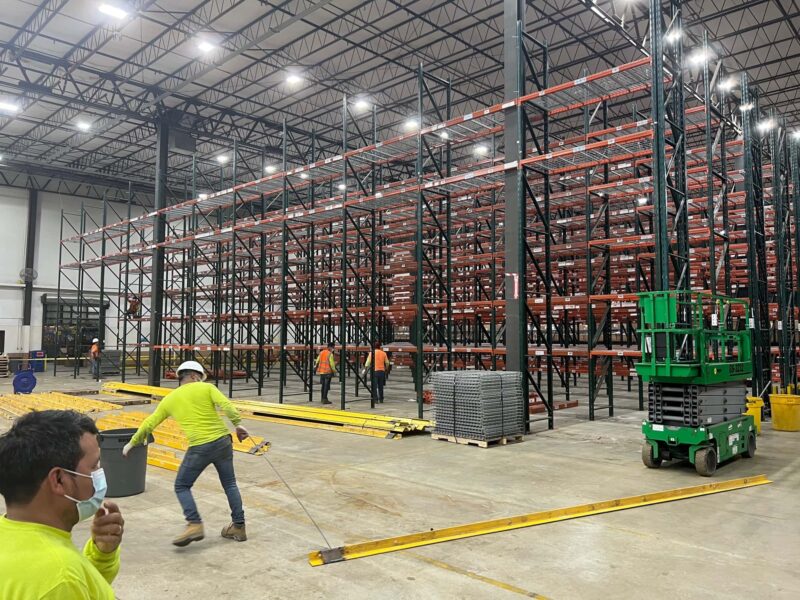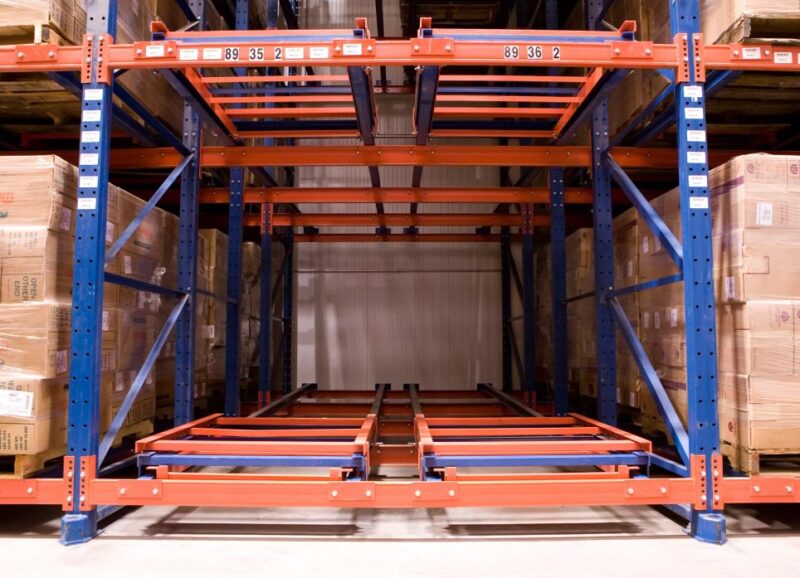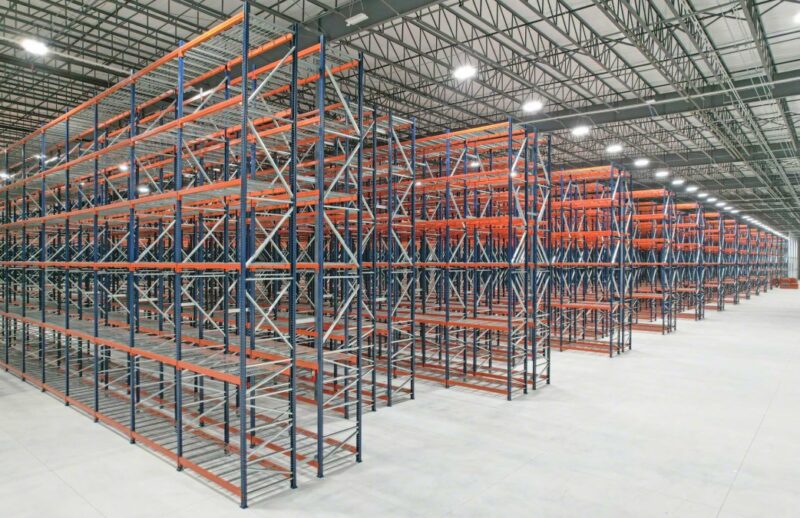In any busy warehouse or distribution center, space is more than just a luxury, it’s a strategic asset. One of the most effective ways to optimise that space is by implementing an efficient storage system. That’s where pallet racking for warehouses comes into play.
Whether you’re running a small-scale stockroom or a large logistics hub, choosing the right pallet racking system can significantly improve workflow, inventory management, and overall safety.
What Is Pallet Racking?
Pallet racking is a storage solution designed to hold materials on pallets (also known as “skids”) in horizontal rows with multiple levels. These systems are used worldwide in warehouses of all sizes to store inventory vertically, saving valuable floor space and allowing for better organisation.
When it comes to pallet racking for warehouses, the goal is simple: increase storage capacity while maintaining accessibility and safety.
Benefits of Pallet Racking for Warehouses

1. Maximised Vertical Space
Instead of expanding outward, pallet racking lets you build upward, making full use of your warehouse’s height. This vertical expansion is especially beneficial for facilities with high ceilings and limited floor space.
2. Improved Organisation and Inventory Management
With clearly designated rows and levels, pallet racking makes it easier to categorise and locate inventory. This leads to faster picking times, fewer errors, and a more streamlined operation.
3. Enhanced Safety Standards
Modern pallet racking systems are engineered to meet strict safety guidelines. When installed correctly and maintained regularly, they reduce the risk of accidents, spills, or collapsed stock.
4. Scalability and Flexibility
As your business grows, so can your racking system. Many types of pallet racking are modular, allowing you to expand, reconfigure, or upgrade your layout based on changing needs.
5. Cost Efficiency
While there’s an upfront investment, pallet racking for warehouses can lead to long-term cost savings through better space utilisation, reduced labour time, and lower risk of product damage.
Common Types of Pallet Racking Systems

- Selective pallet racking ─ The most common system, allowing easy access to each pallet. Ideal for warehouses with a wide variety of SKUs and frequent stock rotation.
- Drive-in/Drive-through racking ─ High-density storage system perfect for storing large quantities of similar products. Suited for LIFO (last in, first out) or FIFO (first in, first out) inventory systems.
- Push-back racking ─ Allows pallets to be stored on sliding carts, increasing storage density while still offering selectivity.
- Cantilever racking ─ Designed for long, bulky items like timber, pipes, or metal bars, not traditional pallets, but a valuable addition to many warehouse setups.
Things to Consider Before Installation
When planning pallet racking for warehouses, consider the following:
- Load weight and dimensions
- Warehouse layout and ceiling height
- Forklift access and aisle width
- Stock rotation strategy (FIFO vs. LIFO)
- Future expansion plans
Partnering with a racking specialist or warehouse design consultant can help you choose the right system tailored to your operation’s specific requirements.
Final Thoughts
Pallet racking for warehouses is more than just a storage solution; it’s a smart investment in operational efficiency, safety, and growth. With the right system in place, your warehouse can run more smoothly, scale more easily, and ultimately support your bottom line more effectively.
Whether you’re upgrading an existing layout or setting up a new facility, taking the time to get your racking right is a decision that pays off every day.

